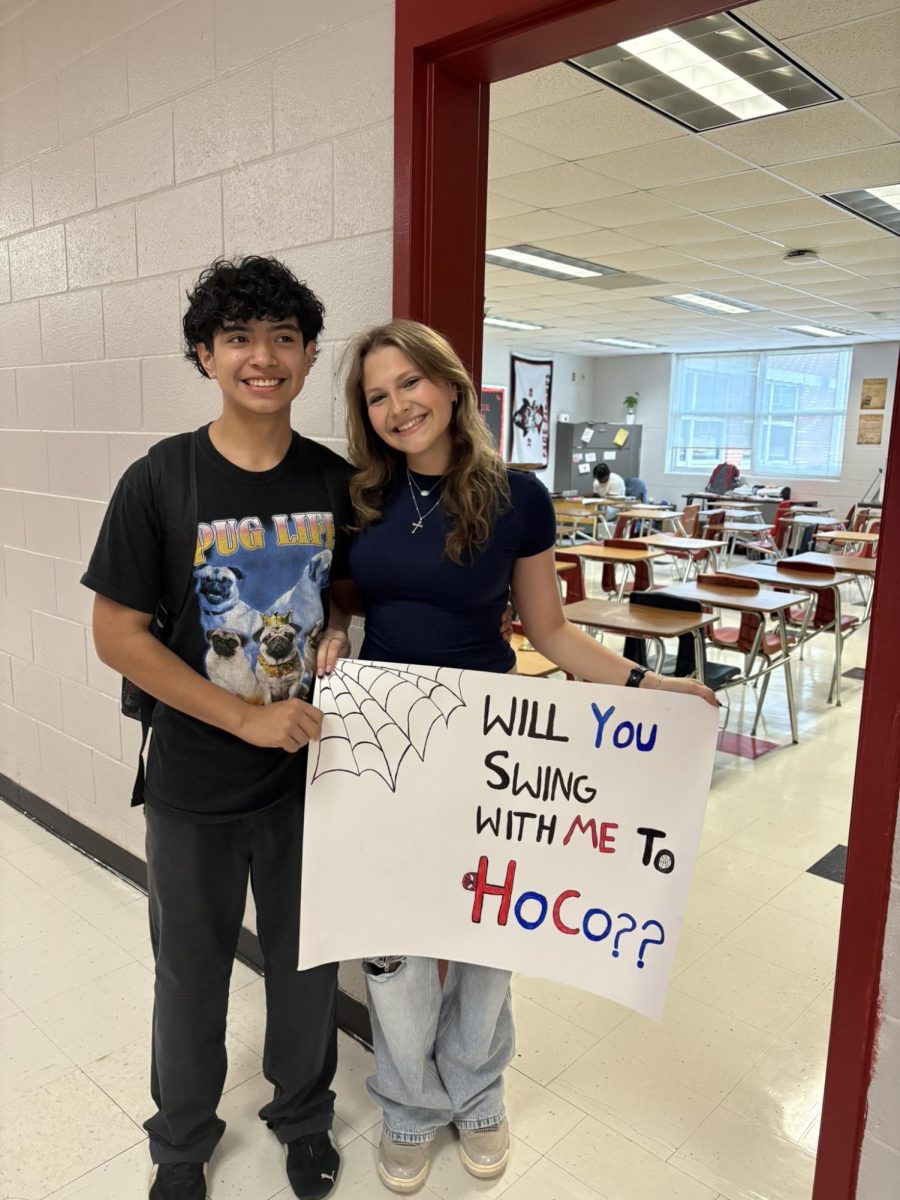We are all hopefully aware of the term “emotional neglect”- but are you familiar with the several manipulation tactics and defense mechanisms? Let’s talk about it. You may be unsure of the term “passive-aggressive”- so let’s break it down in a simple way to better understand. Based on research, the terms “emotional neglect” and “passive-aggressive” are very similar in meaning. Communication is the problem, and tends to occur with most emotional abuse cases. Many people don’t even realize when they are continuing this pattern of behavior. This childish act is defined as “innocuous, accidental, or neutral action that indirectly displays an unconscious aggressive motive.” In simple words, passive aggression is when a person is obviously upset but will not communicate about the situation. This can be extremely mentally upsetting and draining for the other people involved. Without communicating your troubles or directly stating what’s bothering you, this can force unwanted anxiety- such as feeling like you are walking on eggshells around that particular person.
How can you tell if you are dealing with someone who is passive-aggressive?
Here are a few signs to look out for based on psychology today. 1. Denying anger while enacting it indirectly. This can be displayed when someone you know constantly states that nothing is wrong or says the words “I’m fine” even when they are not. This is to avoid conflict or stop the rain of uncomfortable emotions that are difficult to express. 2. Using the silent treatment. By avoiding speaking with others, a passive aggressive person chooses to avoid conflict and altogether stop their feelings from getting in the way. When they shut down, this can often make the other person feel punished for behavior that was not in fact their own fault. 3. Creating distance from the other person without saying why. A passive-aggressive person may distance themselves emotionally from their loved ones to avoid the root of the issue at hand. When confronted about their behavior, they may deny avoiding the situation at all. 4. Complains about being wronged and/or underappreciated. This ties into the “playing the victim” mentality. Instead of communicating in a healthy manner, the passive-aggressive person may complain about mistreatment without considering what led to it in the first place.
What’s important to remember: Passive aggression is an issue that relies on both parties in a situation. If someone you know is acting aggressively without communicating the issue, that is on them. It is up to you how you handle the situation- you can stoop to their level of comfort, or you can directly try to communicate about what’s going on. If they choose to distance themselves, then let them. You cannot change someone else’s behavior who does not want to change. You can, however, focus on how you respond and manage through.
Credits:










